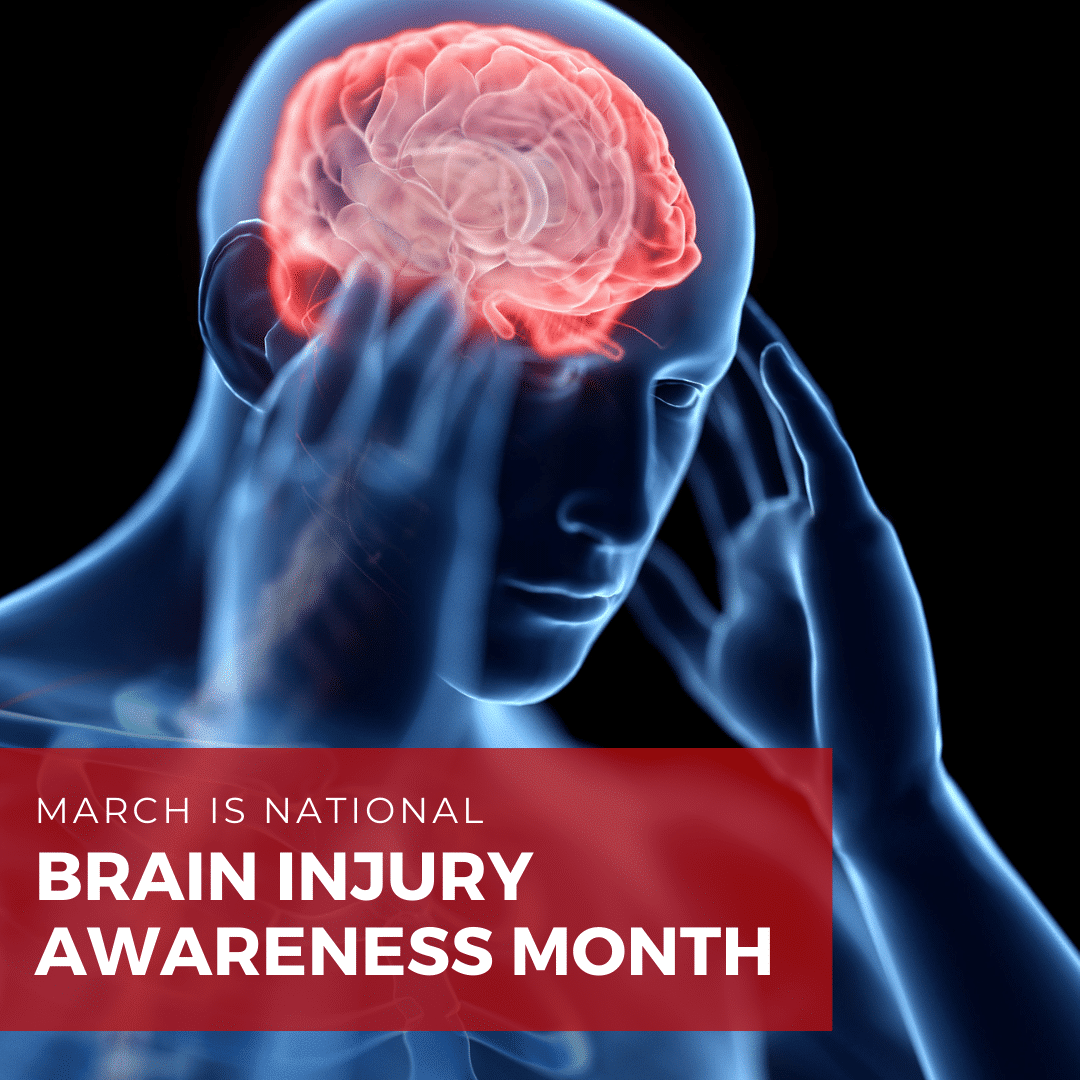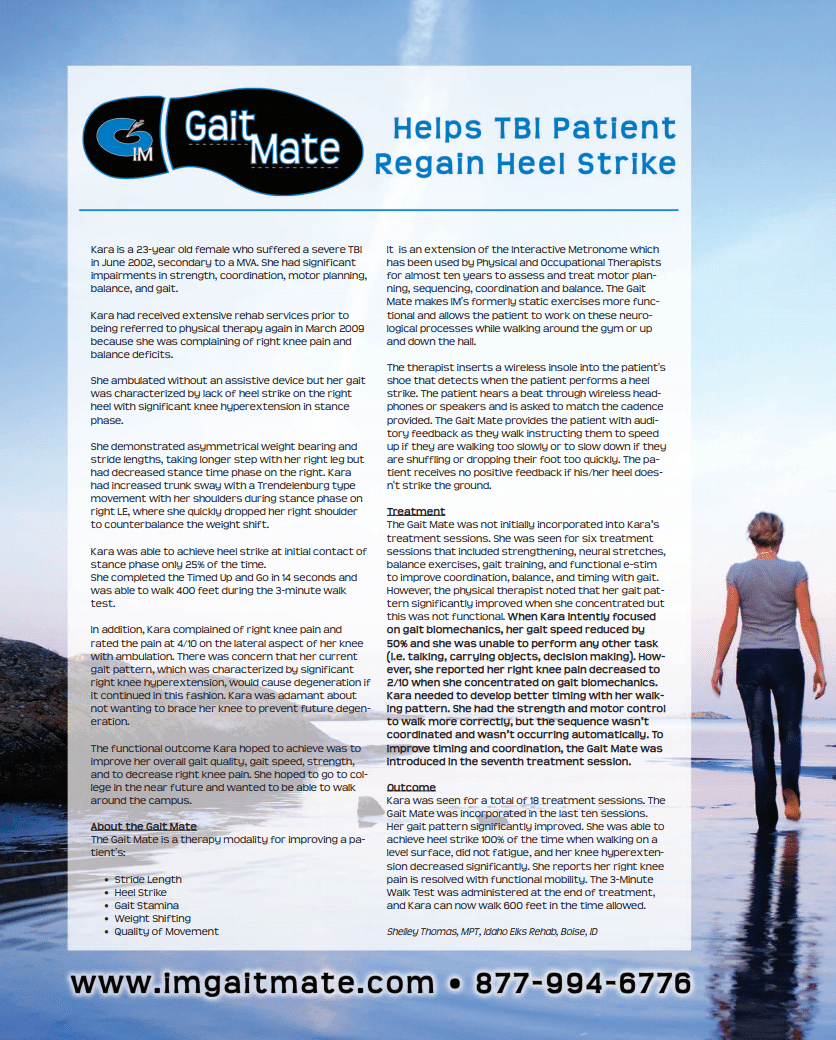March is National Brain Injury Awareness Month

Brain injuries are very different than any other injury because our brain stores all of our memories, controls our movements, and shapes our personality; the brain is truly the essence of who we are. Brain injuries often lead to multiple complications, such as seizures, coma, fluid and pressure in the skull, infections, nerve damage, blood vessel damage, and cognitive deficits that can result in behavioral and emotional changes. Individuals often find that they have trouble with memory, problem-solving/decision-making skills, attention, language/speaking, writing, impulse control, anxiety, depression, balance, and hand-eye coordination.
Training must address the whole body because no two brain injuries are alike and no two sufferers experience the same symptoms. Interactive Metronome®(IM) can help brain injury sufferers by working to physiologically change the functional brain networks that control rhythm and timing. That is because timing is a domain-general mechanism. The domain-general mechanism of timing is a “jack of all trades” mechanism that manifests itself in sleep cycles, speech patterns, ability to attend over time, and the overall efficacy of brain communication.
This timing in the brain, or Neurotiming, has been shown to be deficient after the effects of many brain injuries. IM is the only training program that improves timing in the brain in an organized, systematic, flexible, and engaging format. Now, individuals can restore function to the brain’s temporal processing network, not simply rehabilitate and adapt to deficits.
As Dr. Lonnie Nelson said during his presentation on the DVBIC study* results:
White matter connections are long bundles of axons that connect different cortical (gray matter) operators, where basic calculations take place. The loss of white matter connections (which happens in blast injury) is what keeps areas of the cortex from being able to share information across domains. This results in inefficient processing, slowed speed of processing, and problems with sensory integration. Repair of these white matter connections is likely what accounts for the improvements in cognition that we observed after IM.
* Nelson, L. A., MacDonald, M., Stall, C., & Pazdan, R. (2013, September 23). Effects of Interactive Metronome Therapy on Cognitive Functioning After Blast-Related Brain Injury: A Randomized Controlled Pilot Trial. Neuropsychology. Advance online publication. doi: 10.1037/a0034117
Interactive Metronome® is committed to helping your clients regain lost mobility, overcome cognitive deficits and get on with their daily lives. Now, IM training doesn’t have to mean more time in the clinic. No more worrying about fitting training into their schedule. With IM-Home, clients can complete your training under the supervision of your therapist, but in the comfort of your own living room, bedroom, office, etc.

